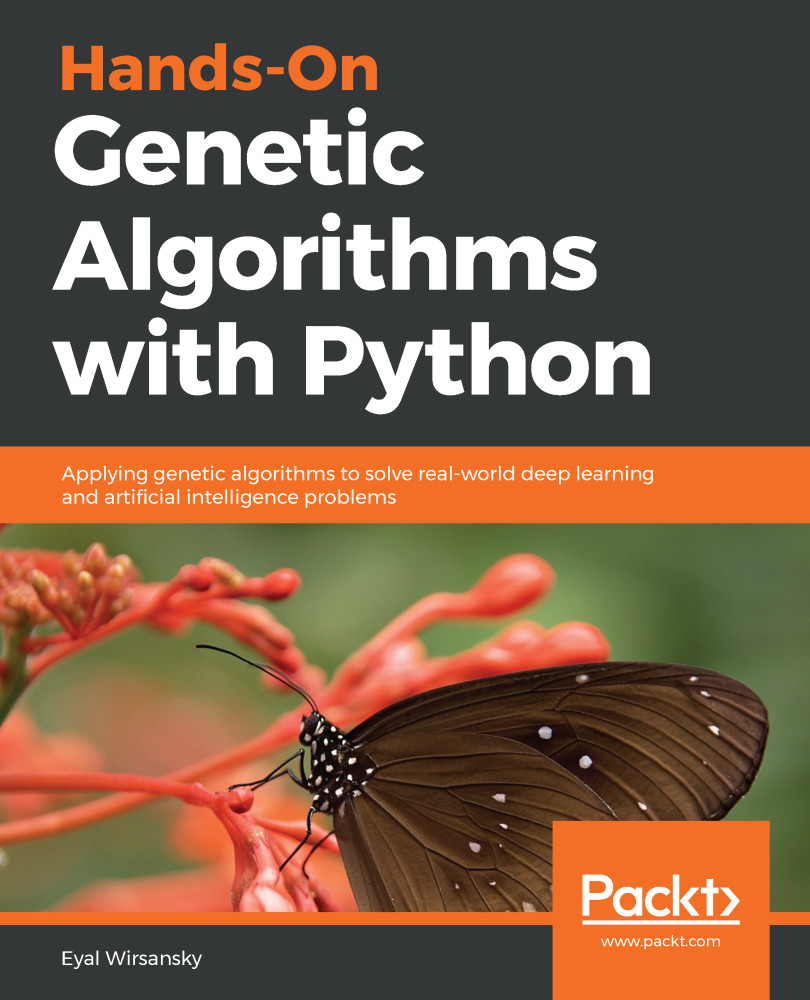In this chapter, we are going to experiment with one of the most popular ways genetic algorithms have been applied to image processing – the reconstruction of an image with a set of semi-transparent polygons. Along the way, we will gain useful experience in image processing, coupled with a visual insight into the evolutionary process.
We will start with an overview of image processing in Python and get acquainted with three useful libraries – Pillow, scikit-image, and opencv-python. Then, we will find out how an image can be drawn from scratch using polygons and how the difference between two images can be calculated. Next, we will develop a genetic algorithm-based program to reconstruct a segment of a famous painting using polygons and examine the results.
In this chapter, we will cover the following topics:
- Getting familiar with several...


